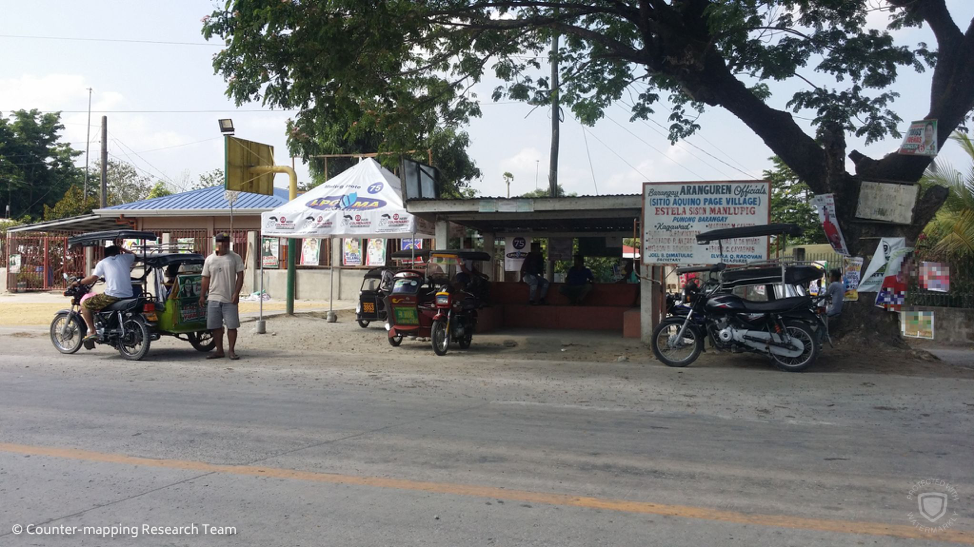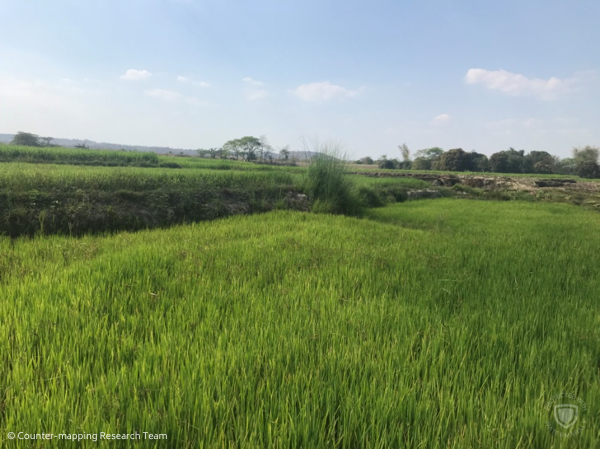Everyday life in New Clark City-affected communities
Sitio Kamatis, Sitio Ali, and Sitio Kalangitan are three small and quiet towns that lie within Capas, Tarlac. Its peoples, who are mostly farmers, have thrived despite poverty through growing their own vegetable and rice crops in land that their parents have cultivated since the 1960s. In the past years, they have had an established routine revolving around their daily activities: waking up before the sun rises to tend to their rice crops and farm animals, the women preparing breakfast for the other household members, the men engaging in farm work until dusk. Some of them hold odd jobs in nearby cities, as employees in school canteens. Sometimes the men work part-time as tricycle drivers, borrowing tricycle units from relatives, and paying them through the boundary system. It was all too familiar, this breaking of the bones to make ends meet. But they struggled in their own way.

Long before New Clark City, locals have been actively using their surroundings to their advantage. In this photo, a resident collects stacks of banana leaves which would later be sold to the local market.

Driving tricycles is one of the side jobs that locals take up while they wait for their crops to grow. Now that their farmlands are no more, residents who have once relied on their lands have shifted to driving tricycles fulltime to support their families.
Still, it was a fact of life that majority of them till the land, and survive because of it. The crops and trees that they planted was of great help to them. Whenever money was tight, they would always just get what is available in their land.

The lush farmlands located in the sitios that has provided families with sustenance and income for generations are now in steadily disappearing in lieu of a drab, concrete city.
Life has been relatively quiet in the past decades for the people in these communities – until New Clark City happened.
As soon as the Bases Conversion Development Authority’s (BCDA) towering construction machines and bulldozers entered their communities in 2016, their lives took an irreversible turn.
The children complain about the then-clear lakes near their community where they used to swim. It has become murky because of the construction waste. Nowadays, by dusk, the children are usually called to hurriedly come home by their anxious parents, for fear that the construction workers who drink big amounts of gin and beer by the sari-sari stores would cause trouble and run amok. These workers who come from different areas and provinces have rented out the small houses in their communities, thereby affecting the tight-knit relations among the community members.
Worse, the lands they used to till are no more. Dull concrete has now replaced them. Their crops and trees have been bulldozed. Even their homes are bound to get demolished. Families have continuously complained about BCDA officials harassing them to vacate their community.
With the development of New Clark City, agricultural lands are rapidly turning into idle lands waiting to be developed into roads and concrete buildings.
In the span of six months, agricultural lands are rapidly turning into idle lands waiting to be developed into roads and concrete buildings.
In Sitio Kalangitan where the indigenous Aetas live, people have been going hungry. They have seen fellow tribespeople go down to the urban areas to beg.
Most of them have been unaware of New Clark City and its component infrastructure. They get piecemeal information about the project through gossips and hearsay among neighbors. BCDA officials have not been keen on explaining, let alone spearheading a dialogue with the affected communities.
Over the past months, their ways of life have drastically changed, leaving them more impoverished and in a constant state of hunger. It then begs the question: Who is New Clark City for?